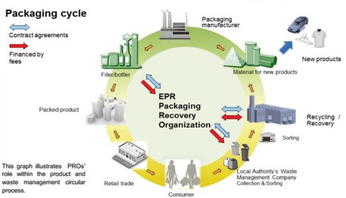Mechanical Integrity of Thin Films on Polymer Substrates
Presented by Y. Leterrier
The functional performance of nanosized oxide and nitride films on polymer substrates is dictated by the fracture properties of these extremely thin and brittle films, controlled by a complex interplay between process induced defects and residual film stresses, cohesive film properties and adhesion to the substrate. Successful design and process optimization of such composite materials relies on accurate analysis of the properties of the interfacial region, and, more specifically, of the stress transfer features of the interface. Stress transfer theories were developed in the 1950s, parallel to the development of adhesion tests. Since these early efforts, a broad diversity of models and test methods have emerged, but only a few are applicable in case of strong elastic contrast between coating and substrate, germane to stiff coatings on soft polymer substrates.
The following presents the key experimental techniques developed to determine the properties of such layered composite materials and reviews the classic mechanical analyses of films on substrates, based on failure statistics and interfacial stress transfer. These approaches are vital to process and material
optimization, which is discussed based on a case study of transparent conductive oxide films on polymer substrates developed for flexible display applications.
This post is for paying members only
SubscribeAlready have an account? Log in

